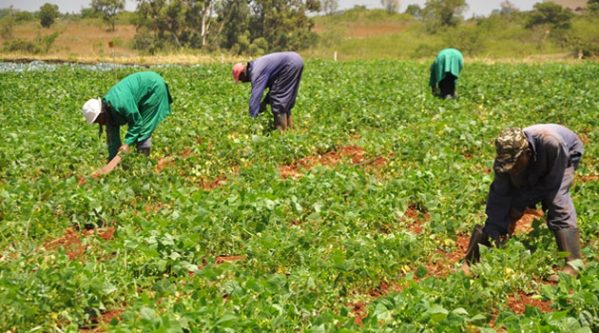The Republic of Congo in partnership with Société Nationale des Pétroles du Congo (SNPC), the country’s national oil company, has announced the launch a project that will see the country preserve its biodiversity through reforestation.
The project dubbed “ECO ZAMBA” will also be aimed at preservation of tropical forests which are of crucial importance in the face of climate change.
This was arrived at following the Three Basins Summit, held October 26-28, 2023 in Brazzaville that brought together leaders from the Amazon, Congo and Borneo-Mekong in Southeast Asia to form a global coalition.
These regions alone host 80% of the world’s tropical forests and two-thirds of terrestrial biodiversity, playing an essential role in regulating carbon balance.
The aim of the Summit is to implement the first global coalition to restore 350 million hectares of terrestrial and aquatic ecosystems, as part of the United Nations Decade on Ecosystem Restoration. The Congo Basin, one of the largest expanses of forest in the world, is home to more than 10,000 species of plants and more than 400 species of mammals. It’s a thousand-year-old heritage that must be preserved and developed for the good of Congo and the planet.
It is with this in mind that His Excellency President Denis Sassou N’Guesso worked to develop reforestation program aimed at renewing, managing and preserving Congolese forests. Supported by the Ministry of Environment, Sustainable Development and the Congo Basin, as well as by the Ministry of Forest Economy, the program now implicates multiple local economic partners.
About 40,000 hectares of trees to be planted
SNPC takes pride in participating in this national effort and takes charge of the management of the ECO ZAMBA project. More than 50,000 hectares of savannah on the Batéké Plateaux will thus be managed by the SNPC. About 40,000 hectares of trees will be planted to combat greenhouse gas emissions, with regular reforestation over a period of 10 years.
The ECO ZAMBA project is also an agroforestry plantation, allowing local populations and industries to benefit from 10,000 hectares of trees of species adapted to economic use. Through an eco-responsible cycle of reforestation and exploitation, these 10,000 hectares will contribute to the expansion of the local economy, the development of agricultural sectors and, ultimately, a new labor-intensive forestry industry.
At the same time, the 40,000 hectares will help protect and restore areas of high biological value, including savannah woodlands, natural forests, wetlands and ecological corridors. This reforestation will also aim to offset the carbon emissions of the SNPC and the Congolese economic fabric in order to achieve carbon neutrality by 2050.
Bold commitment to restoration
For Mrs. Rosalie Matondo, Minister of Forest Economy: “This project represents a bold commitment to the restoration, sustainable management and preservation of our ecosystems. We are committed to restoring 350 million hectares of terrestrial ecosystems.”
The Minister of Environment, Sustainable Development and the Congo Basin, Mrs Arlette Soudan-Nonault: “Thanks to the vision and green policy driven by President Denis Sassou N’Guesso, Congo is opting for a green economy in order to strengthen the convergence between the three pillars of sustainable development, namely: the economy, the social and the environment. The final objective being to promote the circular economy, improve social well-being, reduce long-term inequalities, while preserving future generations from environmental risks and major ecological shortages.”
For Mr. Maixent Raoul Ominga, General Director of SNPC: “SNPC is proud to play a key role in the management of 50,000 hectares of savannah on the Batéké Plateaux, with the planting of 40,000 hectares of trees to reduce greenhouse gas emissions. This is a crucial step towards our commitment to carbon neutrality by 2050. This project is a testimony to our determination to combine our oil activities with environmental preservation.”







